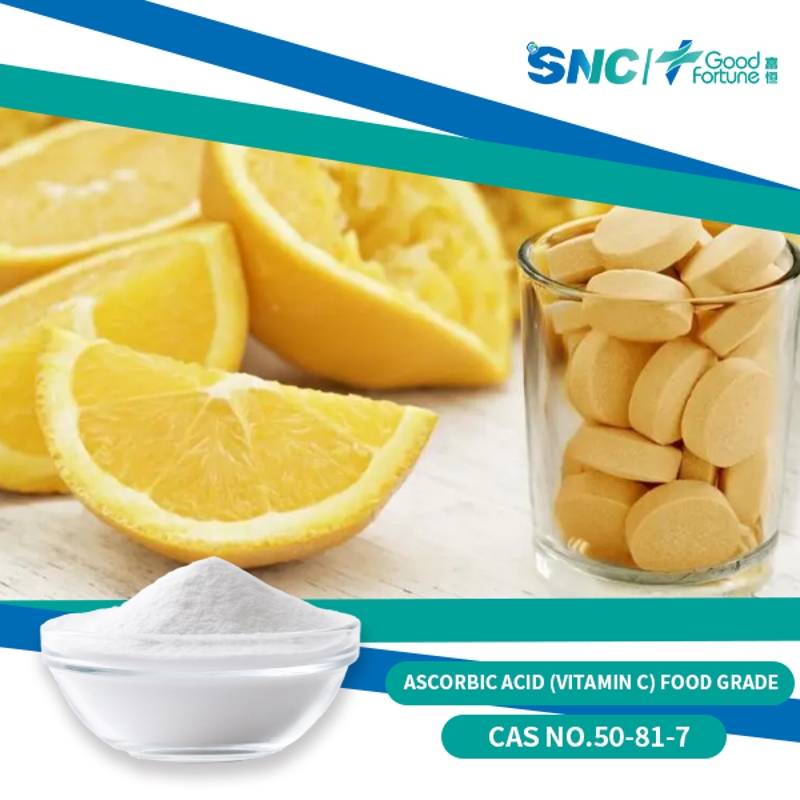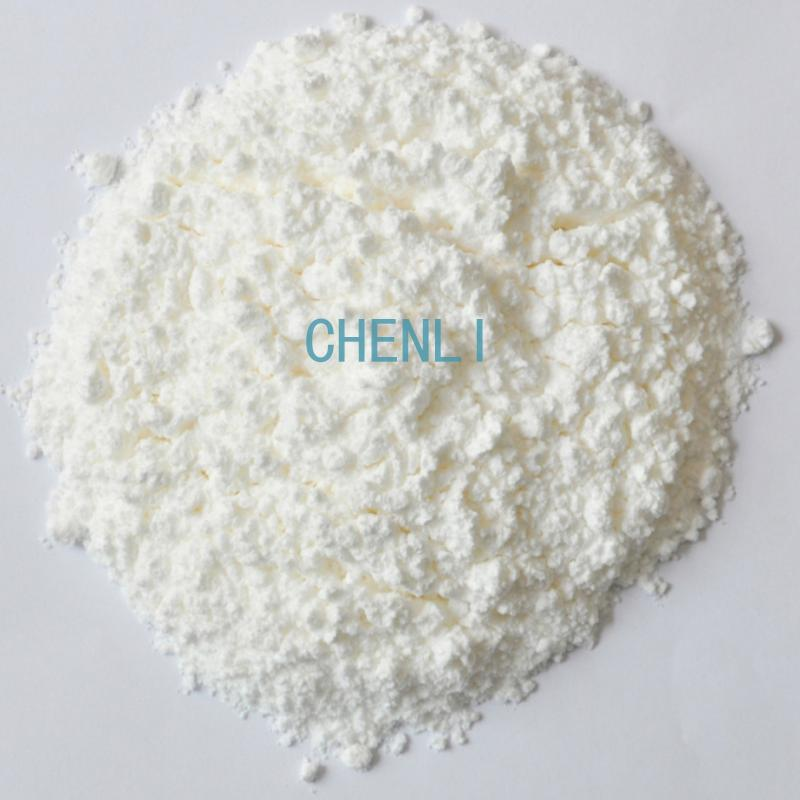-
Categories
-
Pharmaceutical Intermediates
-
Active Pharmaceutical Ingredients
-
Food Additives
- Industrial Coatings
- Agrochemicals
- Dyes and Pigments
- Surfactant
- Flavors and Fragrances
- Chemical Reagents
- Catalyst and Auxiliary
- Natural Products
- Inorganic Chemistry
-
Organic Chemistry
-
Biochemical Engineering
- Analytical Chemistry
-
Cosmetic Ingredient
- Water Treatment Chemical
-
Pharmaceutical Intermediates
Promotion
ECHEMI Mall
Wholesale
Weekly Price
Exhibition
News
-
Trade Service
Hydroxocobalamin hydrochloride is a widely used vitamin B12 supplement that is used to treat vitamin B12 deficiency.
It is also used in the treatment of pernicious anemia, a condition where the body is unable to produce enough red blood cells.
The synthetic routes of hydroxocobalamin hydrochloride have been extensively studied and developed over the years, and the synthesis of this compound has become a well-established process in the chemical industry.
The synthetic routes for hydroxocobalamin hydrochloride can be broadly classified into two categories: chemical synthesis and microbiological synthesis.
Chemical synthesis involves the use of chemical reactions to produce the compound.
This process involves the reaction of several precursor compounds, such as cobalamine, cyanocobalamin, and hydroxocobalamin, to produce hydroxocobalamin hydrochloride.
The chemical synthesis process can be carried out in several steps, including the reduction of cyanocobalamin to form hydroxocobalamin, the esterification of hydroxocobalamin with chloride, and the hydrogenation of hydroxocobalamin to form the hydrochloride salt.
One of the commonly used methods for the chemical synthesis of hydroxocobalamin hydrochloride is the Ullmann reaction.
This reaction involves the reaction of sodium cyanide with aromatic aldehydes or ketones in the presence of hydrogen chloride and a catalyst, such as zinc chloride.
The reaction produces cyanocobalamin, which is then reduced to form hydroxocobalamin.
The hydroxocobalamin is then esterified with chloride to form hydroxocobalamin hydrochloride.
Another method for the chemical synthesis of hydroxocobalamin hydrochloride is the reduction of cyanocobalamin with borohydride reagents.
This process involves the reduction of cyanocobalamin with sodium borohydride in the presence of a solvent, such as ether, to form hydroxocobalamin.
The hydroxocobalamin is then esterified with chloride to form hydroxocobalamin hydrochloride.
Microbiological synthesis involves the use of microorganisms, such as bacteria, to produce the compound.
This process involves the fermentation of microorganisms, such as bacteria that produce vitamin B12, to produce the compound.
The microorganisms are grown in a nutrient-rich medium containing the precursor compounds, such as cobalamine, cyanocobalamin, and hydroxocobalamin, and the fermentation process is carried out under controlled conditions, such as temperature and pH.
The fermentation process produces hydroxocobalamin hydrochloride, which is then purified and isolated from the fermentation broth.
One of the commonly used microorganisms for the microbiological synthesis of hydroxocobalamin hydrochloride is the bacterium Propionibacterium shermani.
This bacterium has been shown to produce high yields of hydroxocobalamin hydrochloride when grown in a synthetic medium containing the necessary precursors.
The fermentation broth is then treated with hydrochloric acid to produce the hydrochloride salt of hydroxocobalamin.
Overall, the synthetic routes for hydroxocobalamin hydrochloride involve the use of chemical reactions and microbiological fermentation processes.
The chemical synthesis process involves several steps, while the microbiological synthesis process involves the use of microorganisms to produce the compound.
Both processes have been extensively studied and have proven to be effective methods for the synthesis of hydroxocobalamin hydrochloride.







